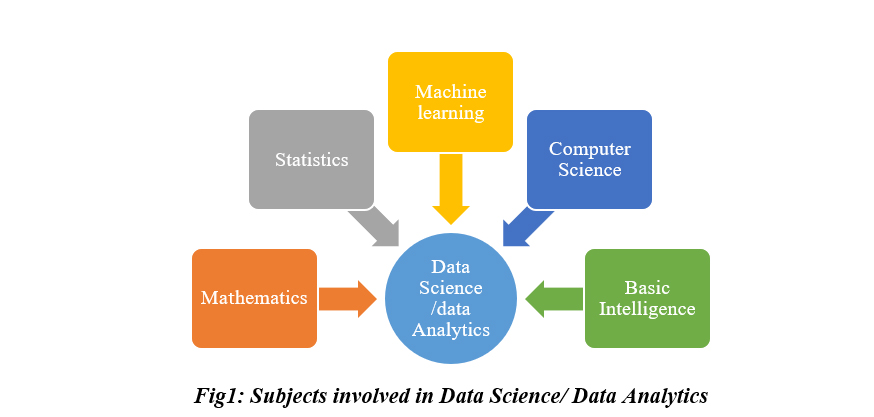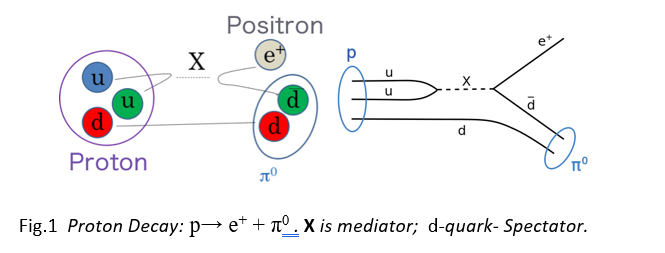Rituparna Das (Adamas University, India), Saurav Roychoudhury (Capital University, USA)
Pertains to
Economics for Engineers in B.Tech. Programmes
Managerial Economics in MBA Programmes
Microeconomics in B.A./B.Sc Economics Programme
Advanced Microecnomics in M.A./M.Sc. Programme
Microeconomic principles are the building blocks, the base of all other areas of economics and so microeconomics is an important tool in the science of decision-making. It imparts the art of reasoning or finding logic with a rational perspective and cost-benefit analysis for what or why we should or should not do when we make our choices in everyday life. For example, for a married working couple planning for a child, a choice would be between IVF (in vitro fertilization) process and the traditional way. Microeconomics will help them decide between which process to choose by weighing the direct costs (hospitalization and associated costs) and opportunity cost (potential loss of pay) with the IVF process that involves a cost of about a couple of lakhs of rupees but getting the child in a relatively painless way. A relevant application of microeconomics for a prospective student is which profession she should choose out of several alternatives like engineering, medical and business, or relatively more research-oriented alternatives like economics and finance – that is, they might prefer a career that will likely to get them on a track to a high earning specialty. In microeconomic terms prices are always relative and so even high tutorial fees might seem more than manageable when the student sees a career that can help them earn those fees many times over in the future. Microeconomic theories play a major role in designing financial plans by individuals as well as businesses and corporate entities. Numerous transactions incurred in the financial markets every business day are results of microeconomic applications. Broadly the following microeconomic considerations are kept in view before carrying out any transaction – that every rupee we spend or every unit of anything we receive by spending money has some opportunity cost in terms foregoing some other next best thing – the benefit or utility we get after spending money or foregoing something against receipt of money should not be less than the value of money spent. Similarly, microeconomics also looks at externalities – that I need to pay a penalty or bear a cost if my transaction harms others and I should be compensated if another person’s or entity’s transaction harms me. For example, when I smoke amidst my friend circle I harm my non-smoking friends by making them passive smokers and causing them costly tobacco-related disease that will cause physical and financial pain, or when I drain the waste water of my leather factory to the nearest river, I am killing fish which can cause scarcity of fish and driving the price of fish up.
Noteworthy applications of microeconomics in other fields of direct relevance to our personal and social spheres of life that have fetched noble prizes are in the areas of portfolio selection that applies to personal finance, transaction theory in legal disputes involving two or more parties that is directly relevant to our social life and also its application to non-economic spheres of human behaviour like sociology and criminology. The modern portfolio theory of Harry Markowitz advises us how we can maximize return out of a basket of financial assets subjected to a specific risk or minimize the risk of a portfolio of assets given a return level. The portfolio selection theory of James Tobin inquires into the way the households and businesses use microeconomics principles to choose among various real and financial assets to hold or liabilities to discharge in their portfolios based on the weighted risks and expected rates of return. The transaction theory of Ronald Coase shows the way for the litigants to resolve a legal dispute at a minimum cost. Gary Becker’s research on family studies the economic considerations underlying a marriage or divorce, raising of children by parents and so on. Several distinct areas are born out of microeconomic applications as independent courses in various degree programmes in economics, the familiar ones to name in the Indian context are financial economics, law and economics, managerial economics and business economics. Pari passu with financial economics, economics for engineers, environmental economics, and health economics is fast gaining importance.
Financial economics deals with the basis of an investor’s preference for one asset over another, valuation or pricing of an asset or a portfolio of heterogeneous assets, modelling or analysing the risk of an asset or a portfolio, calculating rate of return on an asset or any engineering project, conducting cost-benefit analysis of the project, calculating cost of capital, comparing the costs of the alternative modes of financing for an asset or a project, valuation of the derivative contracts used in managing the risks of the assets, calculating the risk premium of an asset with respect to a risk free asset, calculating issuer-specific risk, quantifying systematic risk, ranking the nations based on assessment of country risk or sovereign risk, calculating sensitivity of asset returns toward changes in benchmark returns, calculating volatility of returns on assets, calculating provisions against future losses and so on.
The course on law and economics covers economic considerations underlying various transactions in properties, solving property related disputes, drafting contracts, challenging or suing a tort, calculating damages, investigating into the reasons behind a crime and application of the theories of efficiency, disparity, competition, and regulation to choose the most efficient, cost-effective and fair course of action.
There is a growing practice of treating managerial economics and business economics to be same, but such practice till date could not reach a position of unanimity. Those who do not involve such practice think that managerial economics provides the microeconomic basis of making decisions pertaining to an individual firm or a corporate or business entity whereas business economics focuses on the interrelationships between economic factors influencing a particular business and the economic factors pertaining to the entire business environment.
The bottom line is that microeconomics affects all aspects of our life. Individuals, businesses, and the Government make thousands of big and small decisions each year guided by the principles of microeconomics. Individuals seek to maximize their satisfaction when they go out and shop for anything- choosing a restaurant to eat, buying a phone or choosing an education etc. Businesses set prices and make other decisions based on microeconomics. The price that a consumer will pay depends on the supply of a good, and how much other consumers will pay for it. The Government applies (or should apply) microeconomic principles for public finance to find the most effective way for resource utilization to deliver public goods.
So, microeconomics is essential for students who plan to choose a career in finance, management, law, medicine and engineering need to study microeconomics.










